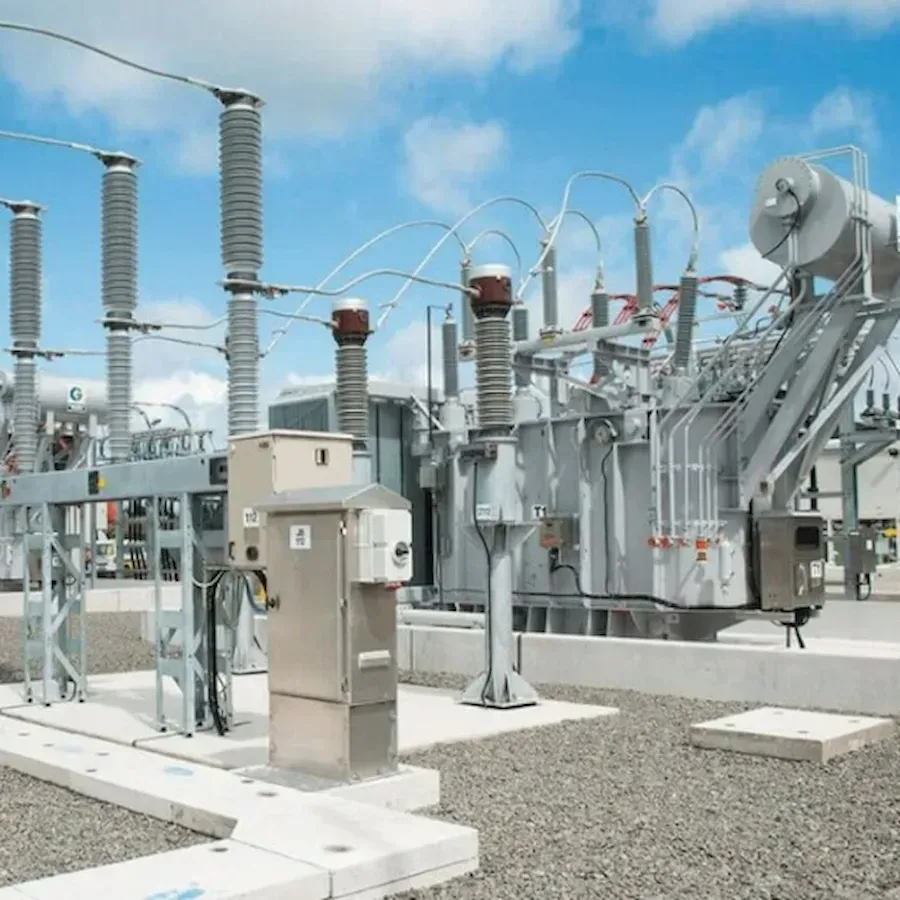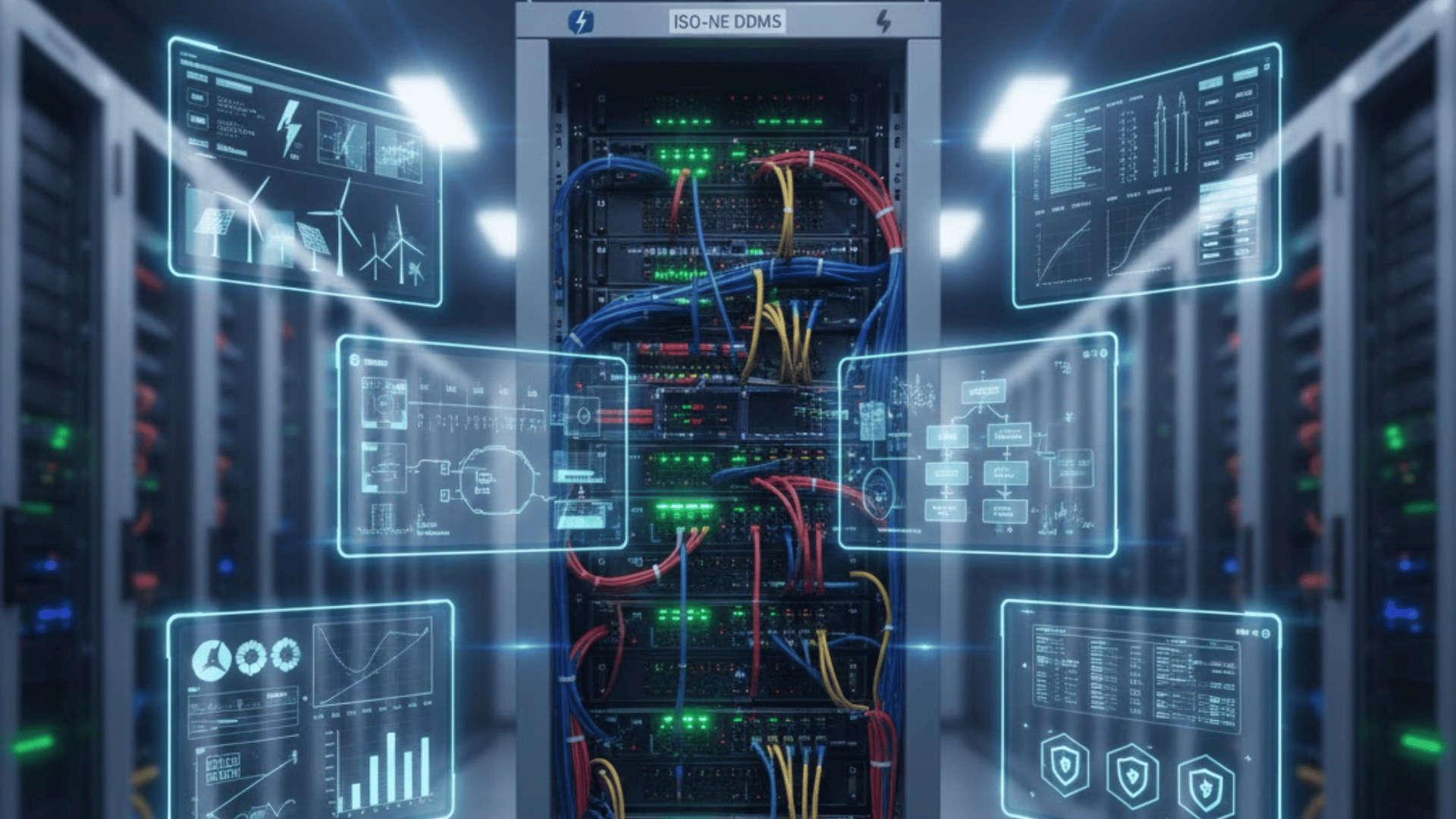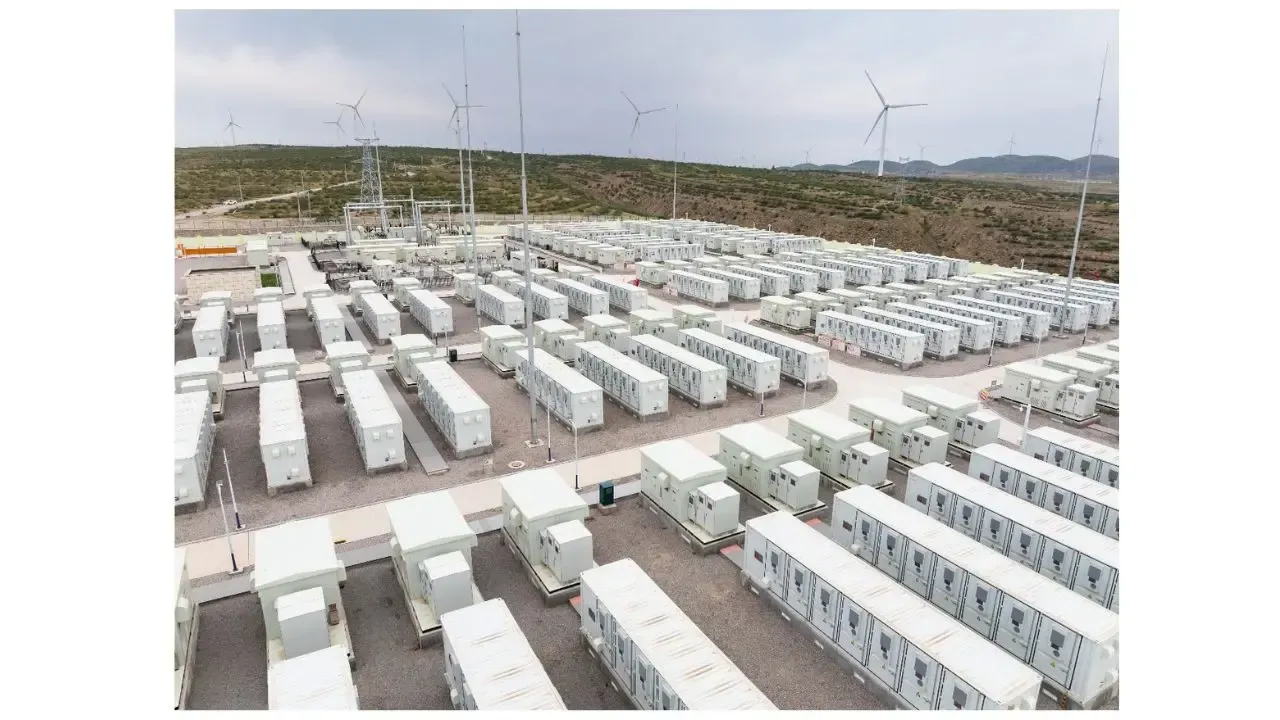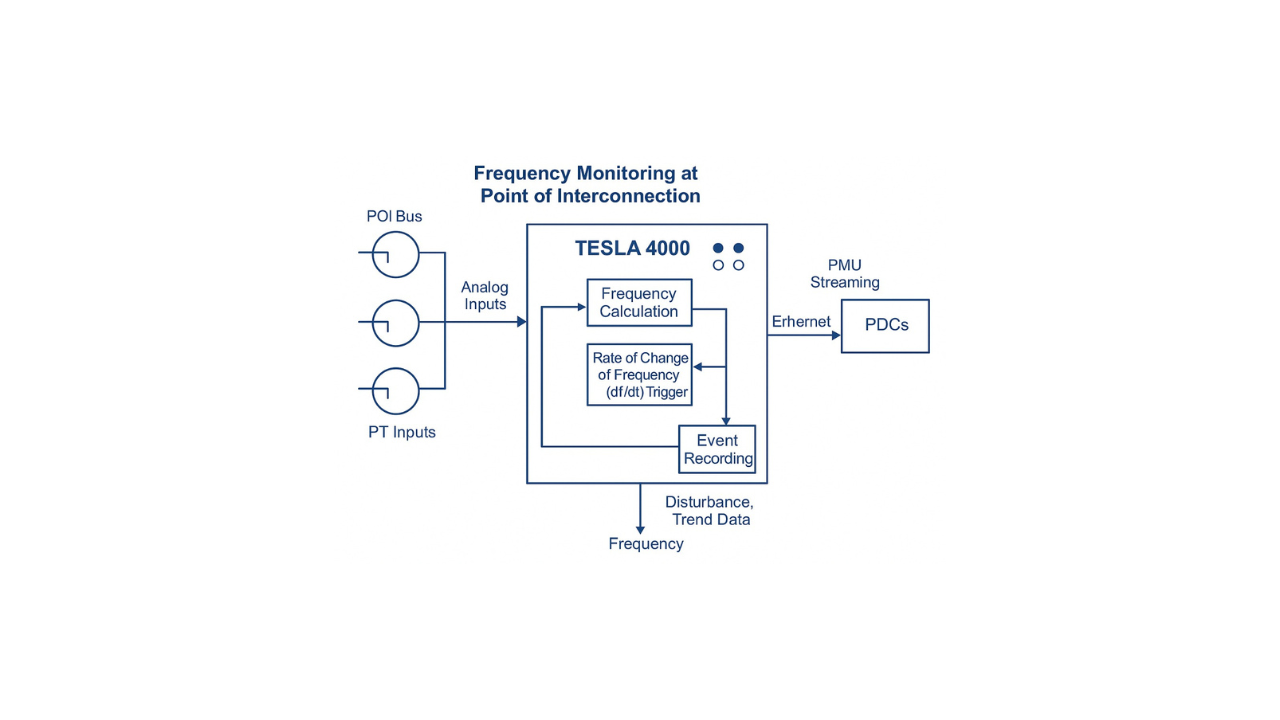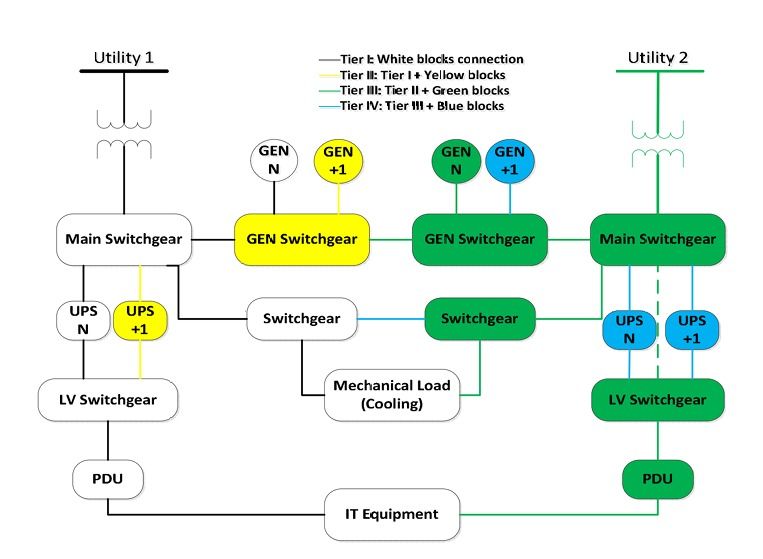A Coordinated Electric System Interconnection Review—the utility’s deep-dive on technical and cost impacts of your project.
Transmission Line Protection with SEL-411L: A Technological Leap in Differential Relaying
May 19, 2025 | Blog

In today’s evolving power grid, utilities face escalating challenges in ensuring rapid, secure, and selective protection of high-voltage and extra-high-voltage transmission lines. The SEL-411L Advanced Line Differential Protection, Automation, and Control System, engineered by Schweitzer Engineering Laboratories (SEL), presents a comprehensive solution for utilities seeking cutting-edge grid reliability and protection functionality.
At Keentel Engineering, our expertise in relay protection, control systems, and IEC 61850-based automation enables clients to seamlessly integrate this advanced relay into modern substation and transmission infrastructures.
Key Features of the SEL-411L
1. 87L Line Differential Protection
The core protection scheme of SEL-411L centers on the 87L element, which offers ultra-fast, phase-segregated differential protection. It compares synchronized current measurements from all terminals using SEL’s patented alpha-plane comparator, allowing it to reliably detect internal vs. external faults—even under CT saturation and infeed/outfeed conditions.
2. Multiterminal and Dual-Breaker Applications
The SEL-411L supports up to four terminals over Ethernet and three over serial links, making it ideal for breaker-and-a-half and double-bus topologies. It enables per-breaker diagnostics by mathematically combining multiple CT inputs, avoiding the need for physical paralleling.
3. Stub Bus Protection and Transformer Inclusion
This relay uniquely supports stub bus protection in dual-breaker configurations, and includes power transformers within the differential zone. It accounts for vector group, CT ratio, and zero-sequence shifts, while applying harmonic blocking and restraint during transformer energization.
4. Distance and Directional Backup
The relay includes up to five distance protection zones using mho or quadrilateral characteristics, supporting schemes like POTT, DCB, and DCUB, with full directional overcurrent backup.
5. High-Speed Communications and Synchronization
Supports communication protocols such as IEEE C37.94, G.703, EIA-422, and direct fiber, backed by 32-bit BCH error coding. Fallback synchronization options include IRIG-B and PTP (IEEE 1588) for reliable operation under varying conditions.
Advanced Capabilities
a. Charging Current Compensation
Designed for EHV/UHV lines, SEL-411L dynamically compensates for charging current under both fault and steady-state conditions, using real-time voltage and susceptance calculations.
b. Broken Conductor Detection (BCD)
Mitigates safety and wildfire risks by detecting open conductors before shunt faults develop. Ideal for hybrid and tapped-line configurations.
c. Traveling-Wave Fault Location
Utilizes high-speed 1.5625 MHz ADCs to locate faults with ±25 m accuracy using a double-ended TW algorithm. In case of communication failure, it defaults to an impedance-based method.
d. SELOGIC™ Control Equations
Offers engineers over 200 aliases and an extensive library of Boolean, arithmetic, and trigonometric logic operators to build custom relay logic for breaker interlocks, reclosing schemes, and SCADA scaling.
Reliability, Monitoring, and Cybersecurity
- 8 kHz event recording, and Sequential Event Recorder (SER) support for up to 1,000 events
- Six independent settings groups for operational flexibility
- Seven configurable relay access levels for secure operation
- Digitally signed firmware upgrades maintain cyber integrity
Application Engineering by Keentel
At Keentel Engineering, we help utilities deploy SEL-411L relays for:
- Upgrading legacy electromechanical protection systems
- Integrating into IEC 61850-compliant digital substations
- Custom relay settings and logic development for dual-breaker topologies
- Commissioning and acceptance testing using advanced protective relay test equipment
👉 Learn more about how our Substation Design Services support complex protection integration.
👉 Ensure cyber-compliant deployments with NERC Compliance Engineering.
Summary Takeaways
- SEL-411L offers advanced line differential protection for complex transmission topologies
- Ideal for utilities looking to modernize with IEC 61850 automation and high-speed protection
- Supports stub bus protection, fault location, and BCDs to enhance operational safety and grid reliability
- Keentel Engineering provides expert deployment, integration, and compliance support
3 Confidential Case Studies for Keentel Engineering
Case Study 1: Dual-Breaker Transmission Line Retrofit – Texas, USA
Challenge: Replace legacy electromechanical relays in a dual-breaker, multiterminal 345 kV station.
Solution: Installed SEL-411L with line charging compensation and breaker diagnostics.
Outcome:
Reduced misoperations and enhanced fault detection by 60%.
Case Study 2: Fire Hazard Mitigation Using BCD – California Wildfire Zone
Challenge: Prevent line break-induced fire events on 115 kV lines in a fire-prone region.
Solution: Enabled BCD feature on SEL-411L to detect early-stage conductor breaks.
Outcome:
3 incidents averted with real-time alerting to SCADA in <1 sec.
Case Study 3: IEC 61850 Substation Automation – Ontario, Canada
Challenge: Integrate new 230 kV line protection into an existing IEC 61850 digital substation.
Solution: SEL-411L deployed with SELOGIC, PRP redundancy, and GOOSE messaging.
Outcome: Achieved seamless integration and 30% reduction in commissioning time.
Frequently Asked Questions (FAQ)
What is the main protection function of SEL-411L?
Line differential protection (87L) using alpha-plane analysis.
How many terminals can SEL-411L support?
Up to four terminals via Ethernet.
What is alpha-plane protection?
A vector ratio comparison of local/remote currents to determine fault location.
Can it detect broken conductors?
Yes, with optional BCD function using current-angle comparisons.
Does SEL-411L include transformer protection?
Yes, including harmonic restraint and overexcitation logic.
How is line charging current compensated?
Using per-phase real-time voltage and susceptance values.
What communication protocols are supported?
IEEE C37.94, G.703, EIA-422, fiber-optic, PTPv2.
Can SEL-411L perform out-of-step tripping?
Yes, using zero-setting or conventional detection algorithms.
Does the relay support reclosing?
Yes, single-/three-pole reclosing for up to two breakers.
What fault location methods are used?
Traveling-wave and impedance-based methods.
How fast is the relay’s operating time?
Typically under 1.2 cycles for 87L elements.
Does it support SELOGIC programming?
Yes, with extended math, logic, and alias functions.
Is the relay compatible with IEC 61850?
Yes, with GOOSE messaging and PRP redundancy.
What about cyber security?
Includes access levels, signed firmware, and password controls.
What are the distance protection capabilities?
Up to five zones with mho or quad characteristics and CCVT transient logic.
Can I set it remotely?
Yes, via QuickSet, ASCII terminal, or Ethernet.
Is there a disturbance recorder?
Yes, oscillography up to 8 kHz and COMTRADE output.
How are settings managed?
Six independent groups with logic-based activation.
What’s the power swing detection method?
Swing Center Voltage (SCV) rate-of-change and blinder logic.
Does the relay record breaker wear?
Yes, independent tracking per breaker pole with diagnostic reports.

About the Author:
Sonny Patel P.E. EC
IEEE Senior Member
In 1995, Sandip (Sonny) R. Patel earned his Electrical Engineering degree from the University of Illinois, specializing in Electrical Engineering . But degrees don’t build legacies—action does. For three decades, he’s been shaping the future of engineering, not just as a licensed Professional Engineer across multiple states (Florida, California, New York, West Virginia, and Minnesota), but as a doer. A builder. A leader. Not just an engineer. A Licensed Electrical Contractor in Florida with an Unlimited EC license. Not just an executive. The founder and CEO of KEENTEL LLC—where expertise meets execution. Three decades. Multiple states. Endless impact.
Services

Let's Discuss Your Project
Let's book a call to discuss your electrical engineering project that we can help you with.

About the Author:
Sonny Patel P.E. EC
IEEE Senior Member
In 1995, Sandip (Sonny) R. Patel earned his Electrical Engineering degree from the University of Illinois, specializing in Electrical Engineering . But degrees don’t build legacies—action does. For three decades, he’s been shaping the future of engineering, not just as a licensed Professional Engineer across multiple states (Florida, California, New York, West Virginia, and Minnesota), but as a doer. A builder. A leader. Not just an engineer. A Licensed Electrical Contractor in Florida with an Unlimited EC license. Not just an executive. The founder and CEO of KEENTEL LLC—where expertise meets execution. Three decades. Multiple states. Endless impact.
Leave a Comment
We will get back to you as soon as possible.
Please try again later.
Related Posts


